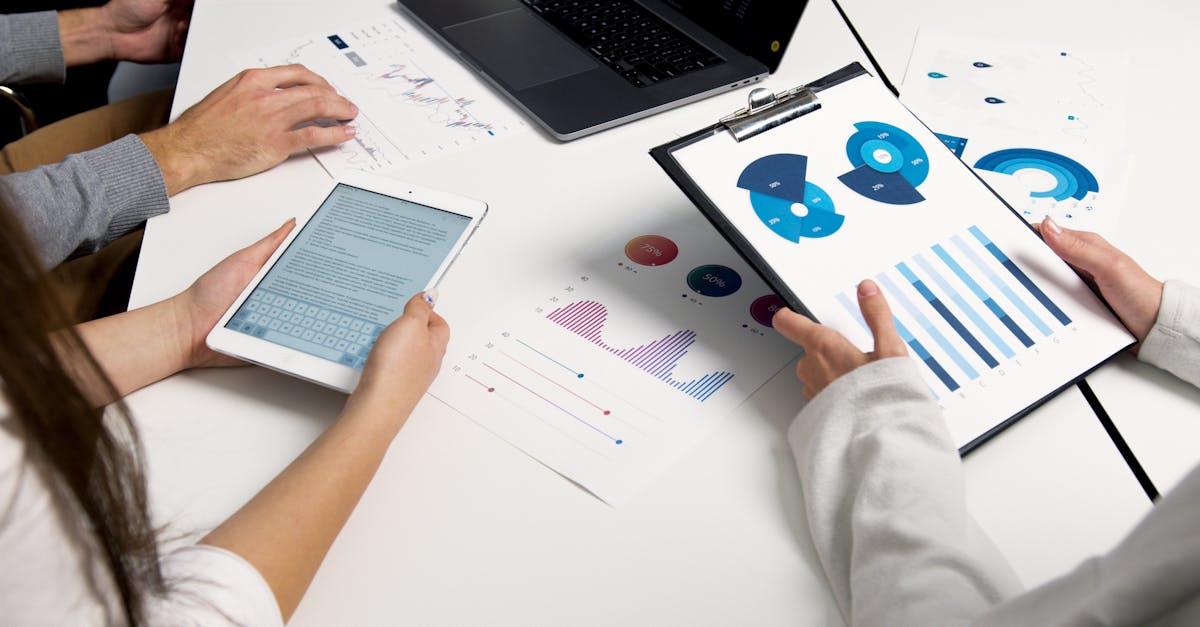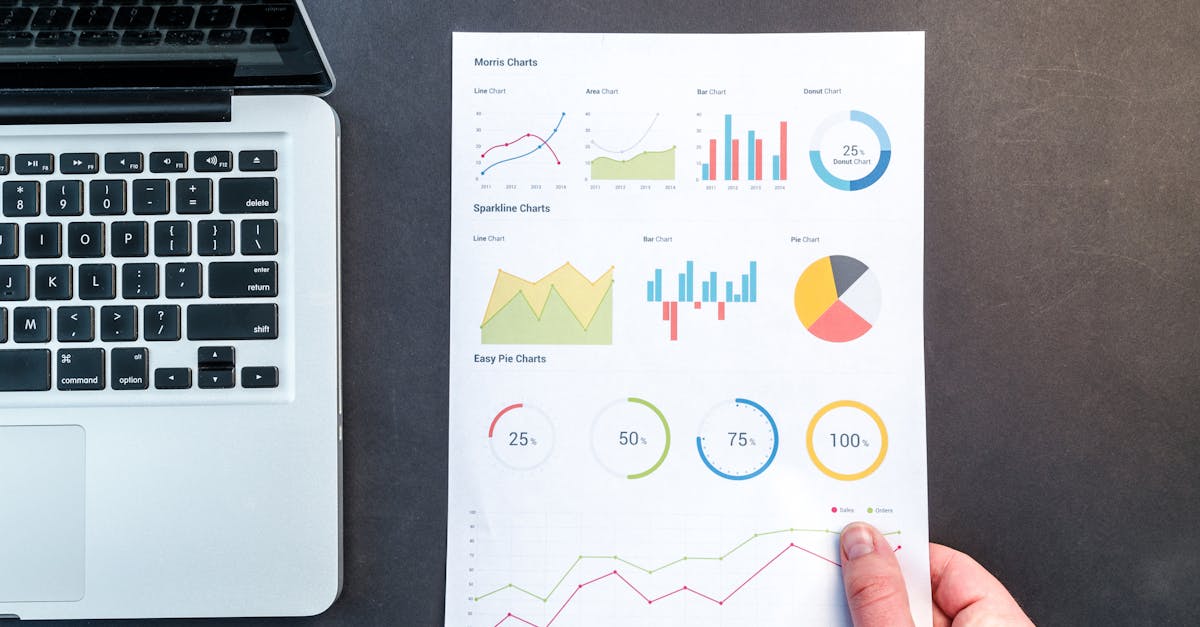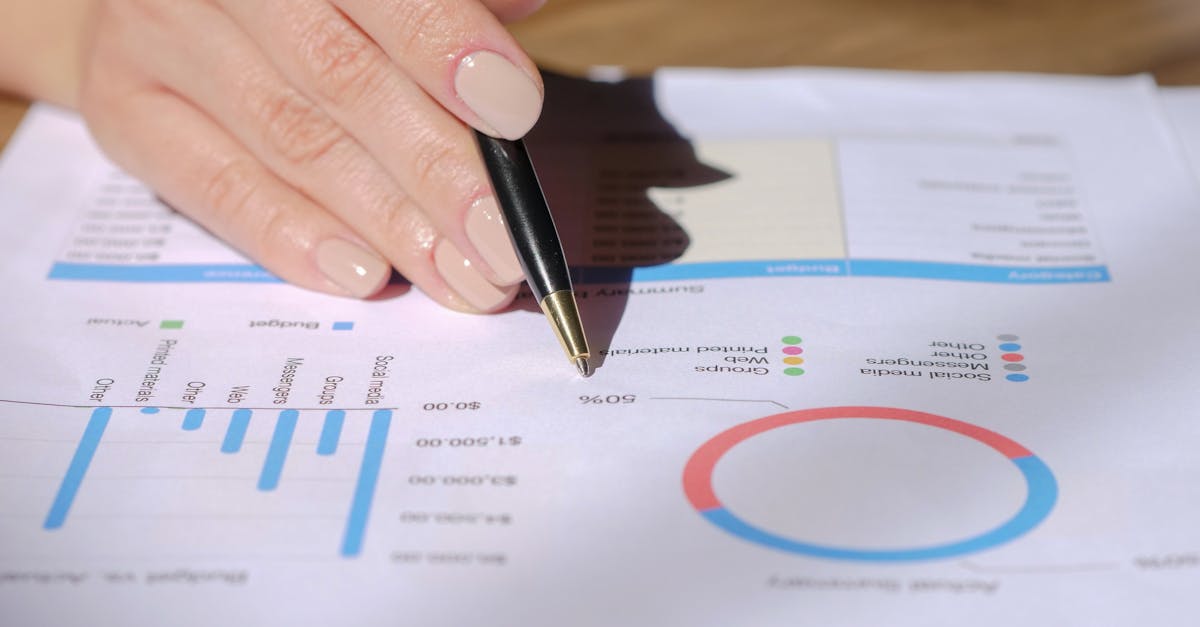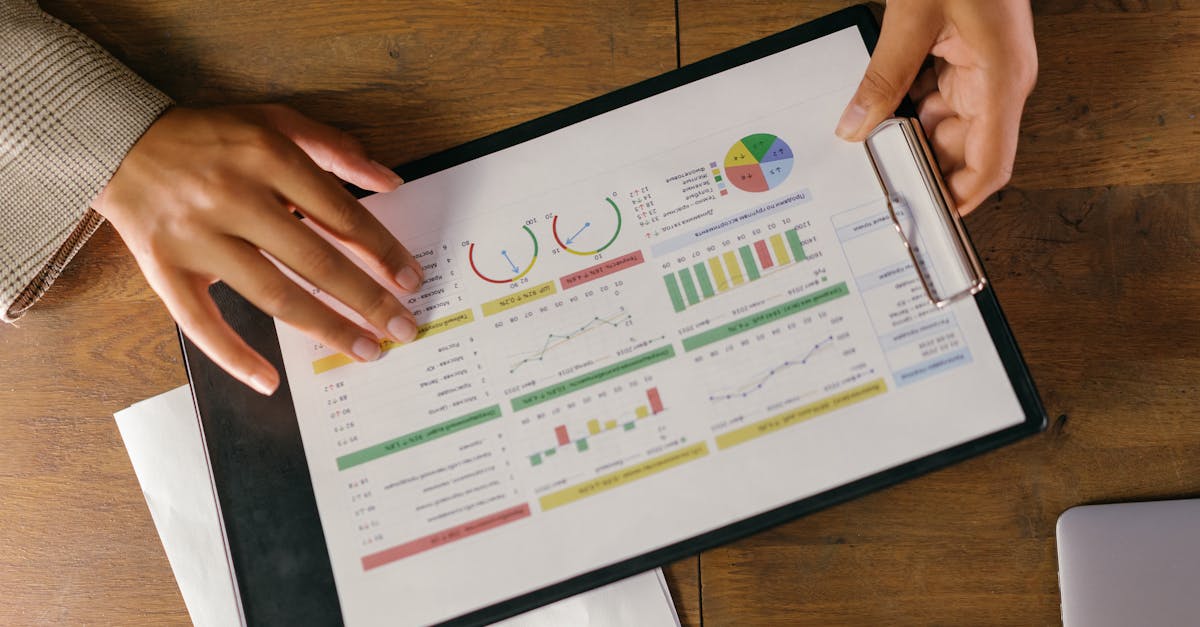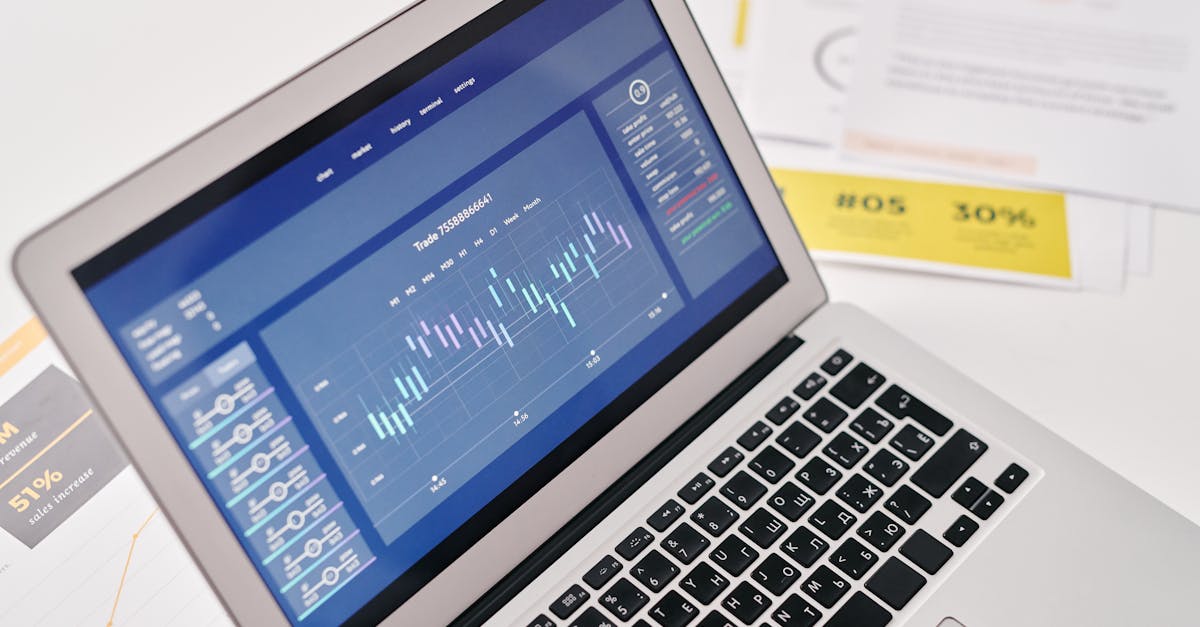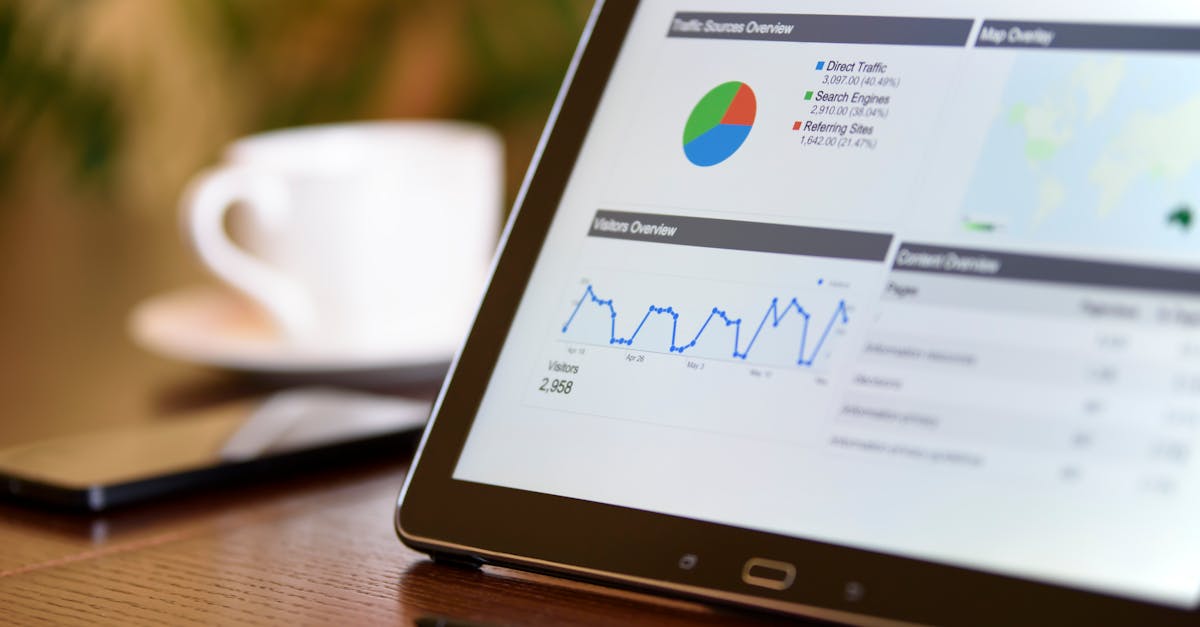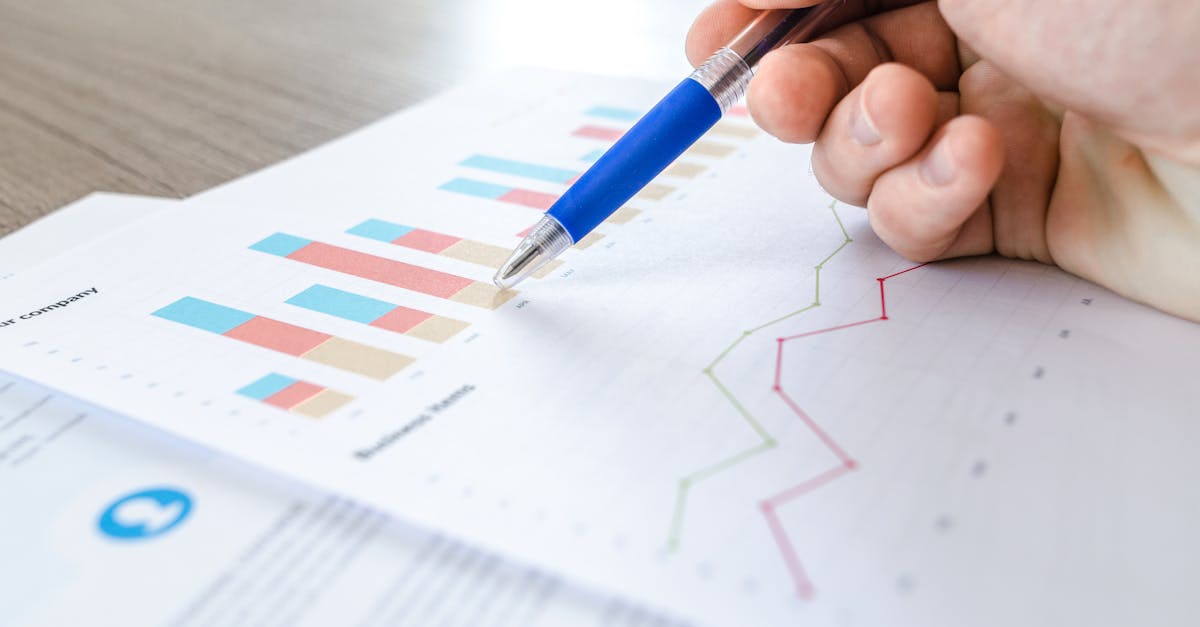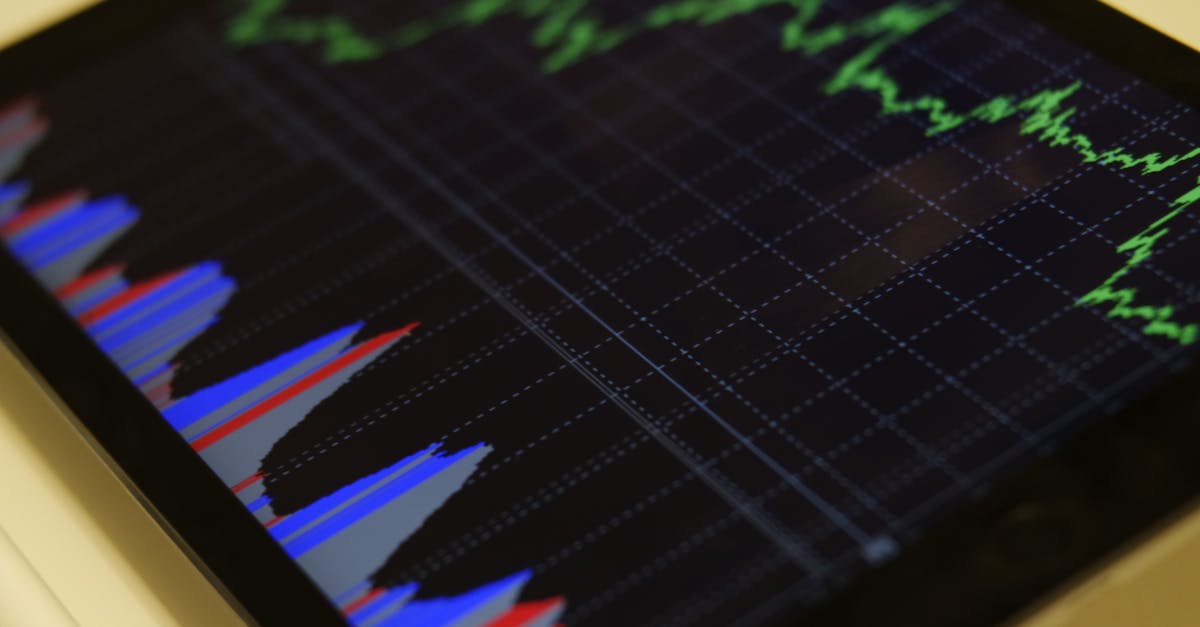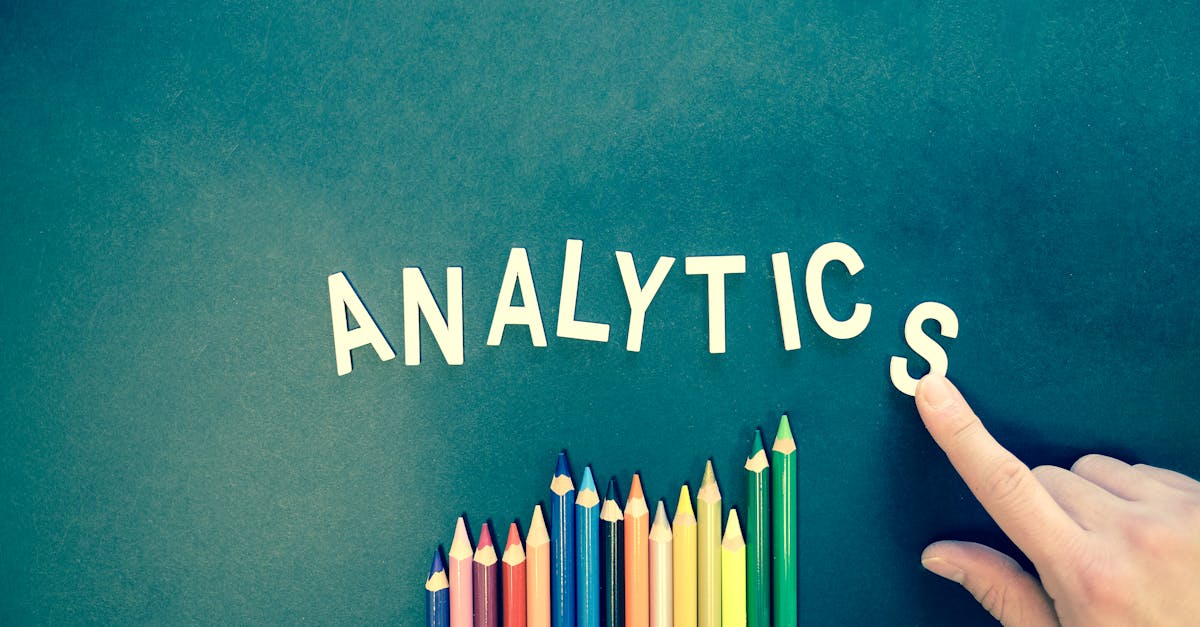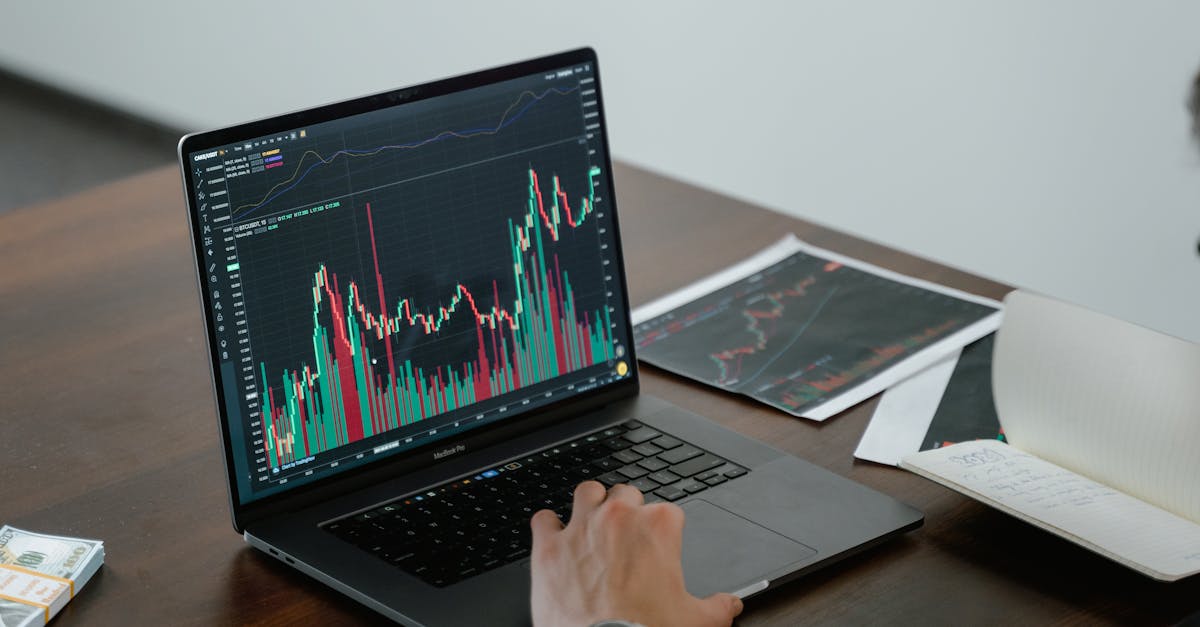
Table Of Contents
The Importance of Context in Analytics
Context plays a critical role in analytics, as it helps transform raw data into meaningful insights. By understanding the surrounding circumstances that influence data, analysts can identify trends, anomalies, and relationships that reporting alone may overlook. Rather than simply presenting figures and statistics, analytics allows for deeper exploration. This depth is crucial in making informed decisions that align with business objectives.
In contrast, reporting often provides a snapshot of data without the rich context necessary for comprehensive analysis. While reporting may highlight key metrics, it typically lacks the nuances that analytics can reveal. This distinction between analytics and reporting emphasises the importance of context in interpreting data accurately. A strong contextual understanding can lead to more effective strategies and outcomes in an organisation's operations.
Understanding Data Surroundings
Analytics and Reporting serve different purposes in the realm of data evaluation. While reporting delivers a snapshot of historical data, analytics delves deeper into the context surrounding that data. Understanding the environment from which data emerges is essential. Factors such as external market conditions, consumer behaviour, and operational efficiency can significantly influence the numbers presented in reports. Incorporating this context transforms raw data into valuable insights, allowing organisations to identify trends and patterns that may otherwise remain hidden.
A thorough comprehension of the data's surroundings also informs the most relevant metrics to track. For instance, a sudden spike in sales might initially appear positive. However, without understanding seasonal patterns or competitive activities, this increase might be misleading. In this way, analytics provides a richer narrative that goes beyond what reporting can offer. Recognising these contextual nuances empowers businesses to make more informed decisions and adapt strategies proactively rather than reactively.
RealTime Data Analysis
Real-time data analysis has transformed the way organisations approach their operations. This method allows businesses to monitor and interpret data as it is generated, which provides a clear advantage over traditional reporting methods that often rely on historical data. In contrast to reporting, which presents a snapshot of information at set intervals, real-time analysis enables immediate action based on the most current data available. This responsiveness can enhance efficiency and improve operational outcomes.
The distinction between analytics and reporting becomes apparent in the immediacy of insights. Real-time data facilitates quick decision-making, particularly in dynamic environments where conditions change rapidly. Organisations can adapt strategies on the fly when presented with live data, allowing them to capitalise on emerging trends and respond to issues as they arise. This proactive approach to data management ultimately supports stronger business performance and a more agile operational structure.
Instant Insights vs Periodic Reports
Instant insights provide immediate access to relevant data, enabling organisations to respond quickly to emerging trends or issues. This agility is especially critical in fast-paced environments where timely decisions can greatly influence outcomes. In contrast, periodic reports, while valuable for gaining a historical perspective, may not reflect the most current state of affairs. They often summarise data over a set timeframe, which can lead to delays in action and decision-making.
Analytics and reporting serve distinct roles within a business intelligence framework. Analytics focuses on extracting insights from real-time data, allowing for dynamic exploration and immediate adjustments to strategies. Reporting typically highlights what has happened over a given period, offering a more stable view of performance. While both are essential, the immediacy of analytics can significantly enhance an organisation's capacity to adapt and innovate in response to changing circumstances.
Use Cases for Analytics
In today’s data-driven environment, businesses utilise analytics to drive strategic decisions across various domains. For instance, marketing teams leverage analytics to understand customer behaviour and preferences, allowing for targeted advertising campaigns that resonate with specific audiences. In finance, predictive analytics helps organisations forecast market trends, enabling timely investments and minimising risks. These applications illustrate how analytics serves as a powerful tool for enhancing operational efficiency and optimising resource allocation.
While both analytics and reporting play vital roles in decision-making, their applications in use cases differ significantly. Reporting generally provides historical data that summarises past performances, whereas analytics dives deeper into data interpretation and predictive insights. Retail companies, for instance, employ analytics to evaluate purchasing patterns in real time, adjusting inventory and staff allocation accordingly. This proactive approach contrasts with traditional reporting methods, which may lag behind current trends and hinder timely responses to market changes.
Enhancing DecisionMaking Processes
Analytics and Reporting play distinct yet complementary roles in decision-making processes. While reporting delivers historical data and summarises past performance, analytics dives deeper into the data’s context, revealing patterns and trends. This allows organisations to not only identify what happened but to understand why it occurred. Decision-makers can leverage these insights to anticipate future outcomes and shape strategies proactively.
The application of analytics can significantly enhance the decision-making process by providing a more nuanced view of the data landscape. It encourages a culture where data informs strategy rather than being merely a reactive tool. By integrating Analytics and Reporting, organisations can better assess risks, identify opportunities, and create a more agile response to market changes, ultimately leading to informed decisions that drive success.
FAQS
What is the main difference between analytics and reporting?
The main difference lies in their purpose; analytics focuses on interpreting data to uncover insights and trends, while reporting is primarily about presenting data in a structured format for review.
Why is context important in analytics?
Context is crucial in analytics because it helps to understand the circumstances surrounding the data, enabling more accurate interpretations and leading to better decision-making.
How does real-time data analysis differ from periodic reporting?
Real-time data analysis provides immediate insights and allows for quick decision-making, whereas periodic reporting often summarises data over a set timeframe, which may not reflect current conditions.
Can analytics enhance decision-making processes?
Yes, analytics can significantly enhance decision-making processes by providing deeper insights and identifying trends, helping organisations to make informed decisions based on data-driven evidence.
What are some common use cases for analytics?
Common use cases for analytics include customer behaviour analysis, sales forecasting, operational efficiency improvements, and market trend identification, all of which help organisations to strategise effectively.


